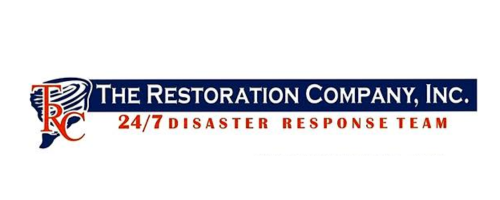When dealing with mould, it’s not just about wiping it away. Proper mould remediation requires specialised cleaning agents designed to eliminate mould spores, prevent regrowth, and ensure a safe indoor environment. At TRCIL, and across the professional restoration industry, a range of certified chemicals and biocides are used to achieve safe, lasting results.
Below is a breakdown of the most commonly used chemicals in mould remediation, along with what they do and why they’re important:
Common Chemicals Used in Mould Remediation
| Chemical Name | Purpose | Usage Notes |
|---|---|---|
| Sodium Hypochlorite | A powerful disinfectant used to kill mould spores and sanitise surfaces. | Commonly known as bleach. Effective but must be used carefully to avoid damage. |
| Hydrogen Peroxide | Antimicrobial agent that breaks down mould at a cellular level. | Non-toxic residue and suitable for porous surfaces like wood or drywall. |
| Quaternary Ammonium Compounds (Quats) | Used for surface disinfection and mould control. | Common in fogging treatments and EPA-approved for mould. |
| Concrobium Mold Control | A non-toxic, odourless solution that eliminates mould and prevents regrowth. | Applied via spray, fogging or brush. Safe for use around children and pets. |
| Benefect Decon 30 | Botanical disinfectant made from essential oils, ideal for sensitive areas. | No synthetic chemicals, suitable for homes with allergies or vulnerable people. |
| Borax (Sodium Borate) | Natural mould inhibitor that also cleans and deodorises. | Often mixed with water as a scrubbing solution for walls and tiles. |
| Encapsulants | Seals remaining mould spores to prevent future outbreaks. | Used after cleaning to “lock in” areas that can’t be fully removed. |
Why Professional Chemicals Matter
Many store-bought mould sprays only treat the surface, leaving spores behind to regrow. Professional mould remediation companies use EPA-approved and industry-certified chemicals designed for deep, long-lasting mould elimination.
These products are carefully selected depending on:
-
The type of surface (porous, semi-porous, or non-porous)
-
The severity and spread of the mould
-
Whether the building is residential, commercial, or healthcare-related
Professionals also wear protective gear and ensure that all chemical applications are ventilated and contained to avoid harm to occupants.
DIY mould removal might seem easy, but without the right knowledge and products, it’s easy to miss the hidden spores or make things worse. At TRCIL, we use safe, effective chemicals as part of a comprehensive mould remediation process—from inspection and containment to cleaning, treatment, and prevention.
If you’re dealing with mould in your property, don’t just clean it—remediate it with the right tools and expert help.

